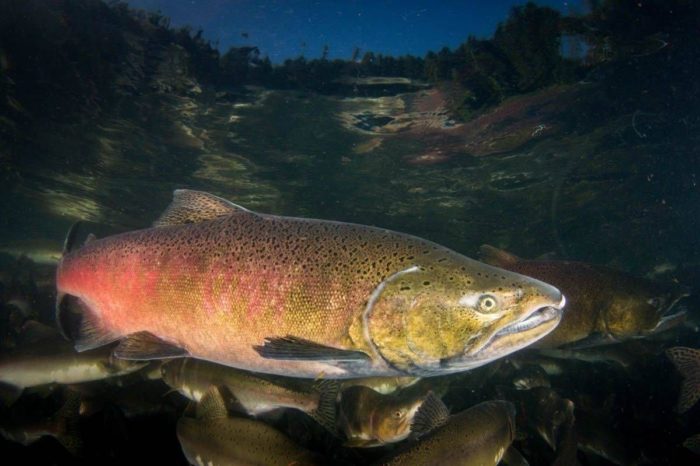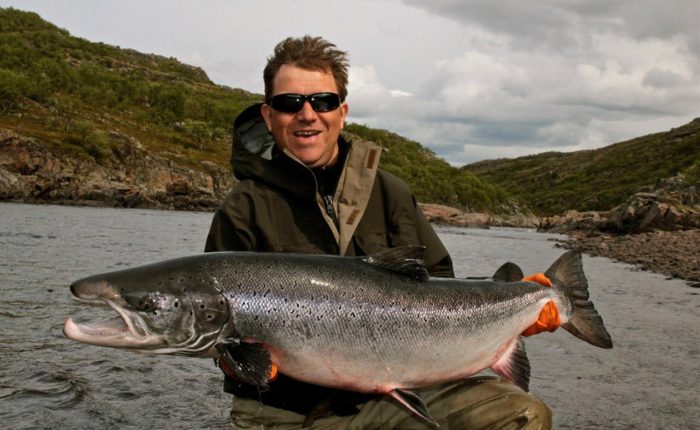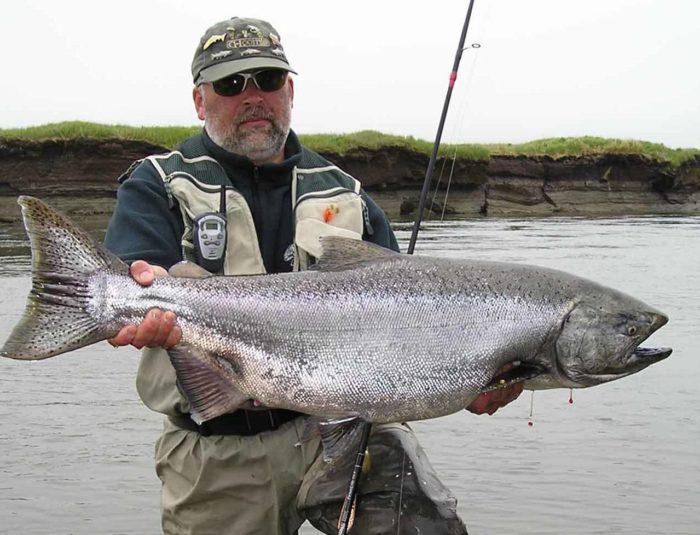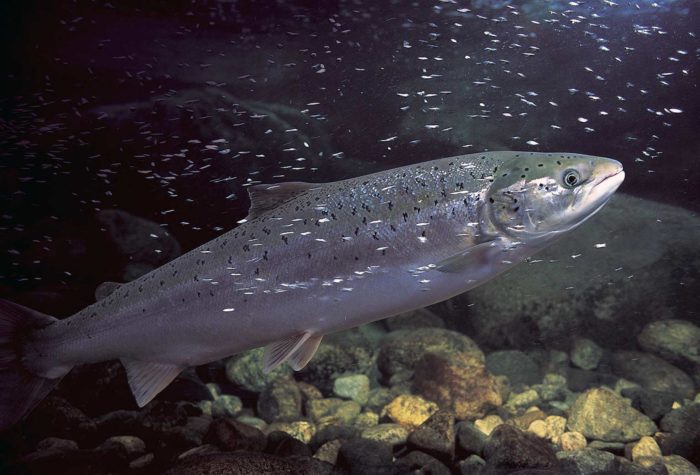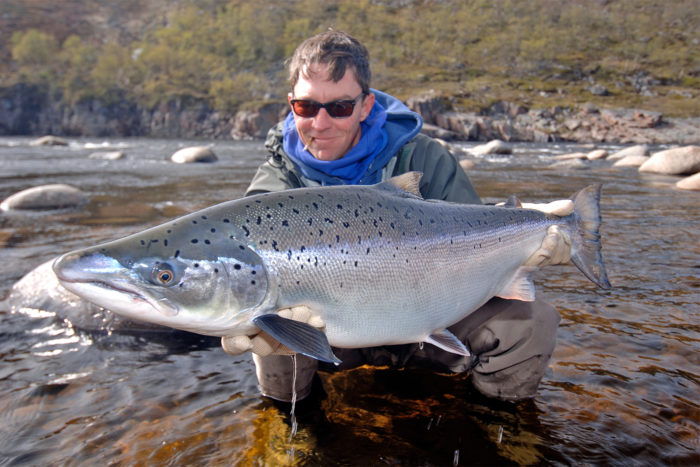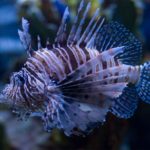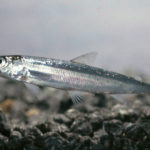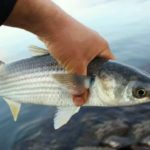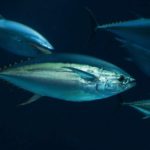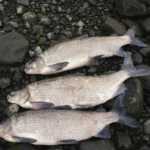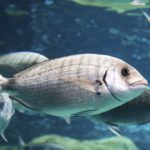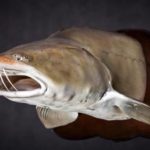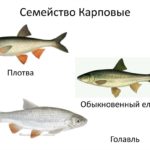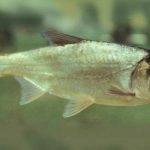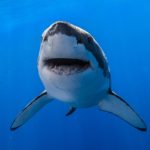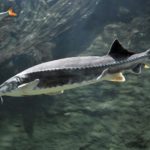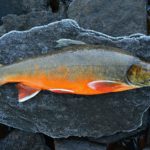Salmon is considered a member of the Salmon family. It is characterized by soft pink meat with high fat content. This fish is divided into 2 large species - Atlantic and Pacific. This affects where exactly the salmon are found. This fish can be bought fresh, salted or smoked. Fresh salmon caviar is considered especially valuable. In this case, the meat is used to prepare salads, soups, and sandwiches.
Description of the fish
This species of Salmon combines several species of red fish that are found in reservoirs of Russia and other countries of the world. It is used to prepare delicious dishes.Culinary experts offer many interesting red meat recipes. The length of such fish can range from several centimeters to several meters. The maximum weight of such individuals reaches 70 kilograms.
In structure, Salmonids resemble Herrings. Previously, salmon were classified in this order. However, they were subsequently separated into a separate category. The fish are characterized by an elongated body, which is compressed on the sides and covered with cycloid scales. The fins, which are located in the belly area, are of the multi-ray type. Adults have low pectoral fins that lack spiny rays. In addition, the fish has 2 fins on the back and 1 anal. An important feature of all salmon is the presence of an adipose fin.
There are 4 bones in the mouth of the fish. In this case, the intestines include a large number of appendages. Most fish have transparent eyelids. At the same time, there is cartilage and many processes on the skull that do not connect to the vertebrae.
Habitat
Salmon primarily live in freshwater streams and estuaries. This fish feeds on aquatic and terrestrial insects, as well as crustaceans. The laid eggs are located in deeper layers with a good layer of gravel and require coolness and sufficient oxygen. In the early stages of life, Salmonids are characterized by a fairly high mortality rate. This is due to natural anthropogenic factors - high water temperature, low oxygen content, siltation, decreased river flow, and loss of vegetation cover.
Estuaries and the wetlands that are associated with them provide vital conditions for Salmonids. Thanks to such areas, it is possible to protect the mouth from silt and dirt. In addition, they create feeding areas for fish.
Recently, the number of Salmonids in the natural environment has decreased significantly. This primarily applies to North Atlantic populations that spawn in Western European and Canadian waters. This also applies to salmon that live in rivers located in the northwestern United States.
There are still quite a lot of fish in Alaska. The catch has been on the rise lately. The most important fishing areas are located near the Kenai River and in the Bristol Bay area.
Lifestyle
Salmon is a migratory fish that constantly lives in the seas and lakes. Individuals move to fresh waters for the purpose of reproduction. Upon reaching the age of 5 years, salmon swim into river zones, rising up several kilometers. At the same time, for parking, individuals prefer shallow and quiet areas that have a rocky or sandy bottom.
In the seas, salmon are able to move at a speed of 100 kilometers during the day. In rivers this figure decreases. In breeding areas, salmon become darker in color. At the same time, a kind of hook appears on their jaw. This element is more visible in males. At this time, the diet of salmon is quite meager. At the same time, the meat acquires a more saturated color. In addition, it reduces the amount of fat. Therefore, it is prohibited to catch them during spawning.
The lifespan of these fish is 10 years. Moreover, many individuals are able to live up to 25 years. The maximum lifespan is typical for taimen.
Diet
In the first years of life, individuals live in fresh water bodies. During this period, salmon feed on worms, zooplankton, larvae, and insects. It can also consume mollusks, fry and crustaceans. If the habitat is quite comfortable, salmon can leave the river in the second year of life.This happens after reaching a certain size.
In cold conditions, this period can increase from 6 to 8 years. Therefore, individual members of the family remain in the rivers forever. After the body length reaches 20-30 centimeters, individuals move to the sea in schools. Here the salmon turns into a predator. Its diet includes small fish - sprat, sand lance, smelt, herring, capelin. Most of these small representatives of reservoirs live in Canada and Greenland. Here the fish is able to gain its main weight in 4 years.
Reproduction
Spawning and reproduction of salmon can be repeated up to 5 times during their life. In this case, some individuals die immediately after laying eggs. This applies to coho salmon, chinook salmon, and pink salmon. Sexual maturity of representatives of this family occurs at 2-7 years. It depends on where the fish lives and how much nutrition it receives.
As a rule, spawning occurs between October and December. At the same time, the average water temperature is 0-+6 degrees. Depending on age, breeding times will vary significantly.
Varieties
The Salmon family includes quite a few fish, and each species looks different. Depending on their habitat, there are the following types of salmon:
- Baltic;
- Pacific;
- Kamchatka;
- Caspian;
- Black Sea;
- Norwegian.
At the same time, the Salmon family includes quite a few species of different fish, which differ in visual characteristics and other parameters:
- Pink salmon is distinguished by its blue-green or blue back color. Moreover, it has silvery sides and a white belly. After the individuals return to their spawning grounds, their bodies change color.The abdomen acquires a greenish tint, and the back part becomes light gray. After puberty, pink salmon develop a characteristic hump.
- Chum salmon is a red fish that ranks second after pink salmon. Immature individuals have silvery scales. By the time of spawning, the body of the fish acquires a yellow-brown color, on which there are crimson and purple spots. A characteristic feature of this individual is considered to be rough scales.
- Chinook salmon is a beautiful fish that has a large head and a massive body. It is shaped like a torpedo. A characteristic feature of Chinook salmon are the black spots that are found on the fins and on the sides of the body. During the spawning period, the fish acquires a red-brown hue.
- Sockeye salmon – this individual resembles chum salmon in visual characteristics. Their main difference is the number of gill rakers. Sockeye salmon have a little more of them. The body of this fish is compressed at the sides. In addition, she has a cone-shaped head. During the mating season, the scales of sockeye salmon acquire a more pronounced red tint.
- Coho salmon - has a dark blue or greenish back. It is characterized by silvery sides and a light belly. This fish primarily lives in the ocean. However, during spawning, coho salmon move to fresh waters, changing their color to red.
Commercial significance
Noble salmon are considered an expensive fish, which is why they are often farmed for commercial purposes. Due to the fact that individuals return to spawn in river bodies, they are bred in fish factories. In this case, the fish are caught, eggs are taken and fertilization is carried out. The resulting fry are raised and released into the river. They move to the sea and return back after a few years.As a result, fish are caught.
About salmon meat
Salmon is characterized by tasty and high-quality meat, which contains many nutritional elements.
Calories and nutritional value
Representatives of the Salmon family contain fish oil. It contains a lot of vitamin D and phosphorus. This helps strengthen bone tissue. Salmon is also rich in omega-3 fatty acids. 100 grams of this product contain 206 kilocalories. Salmon contains 12 grams of fat and 20 grams of protein. The fish also contains the following valuable components:
- vitamin A;
- phosphorus;
- niacin;
- thiamine;
- vitamin B12.
Beneficial features
Salmon is considered an integral part of a healthy diet due to its high content of beneficial elements. The use of this product helps to cope with inflammatory processes in the body, improve the transfer of information between cellular structures and normalize brain function.
With regular consumption of fish, a person can minimize the risk of developing cardiovascular diseases - arterial hypertension, strokes and other problems. If you eat this product often, you will be able to improve your metabolism.
Due to its high content of omega-3 fatty acids, salmon improves thinking and reduces the likelihood of developing brain problems. Consumption of this product reduces the likelihood of developing depression and aggression in adolescence. In addition, it reduces the risk of cognitive impairment in older people.
Salmon ingredients help cope with inflammatory processes. In addition, consumption of this fish reduces the likelihood of developing eye diseases. In addition, the product reduces the risk of certain types of cancer.
Salmon is a valuable fish that comes in many varieties.They differ in visual characteristics and distribution area. Regardless of this, representatives of this family have tasty and healthy meat, which contains many valuable substances.

